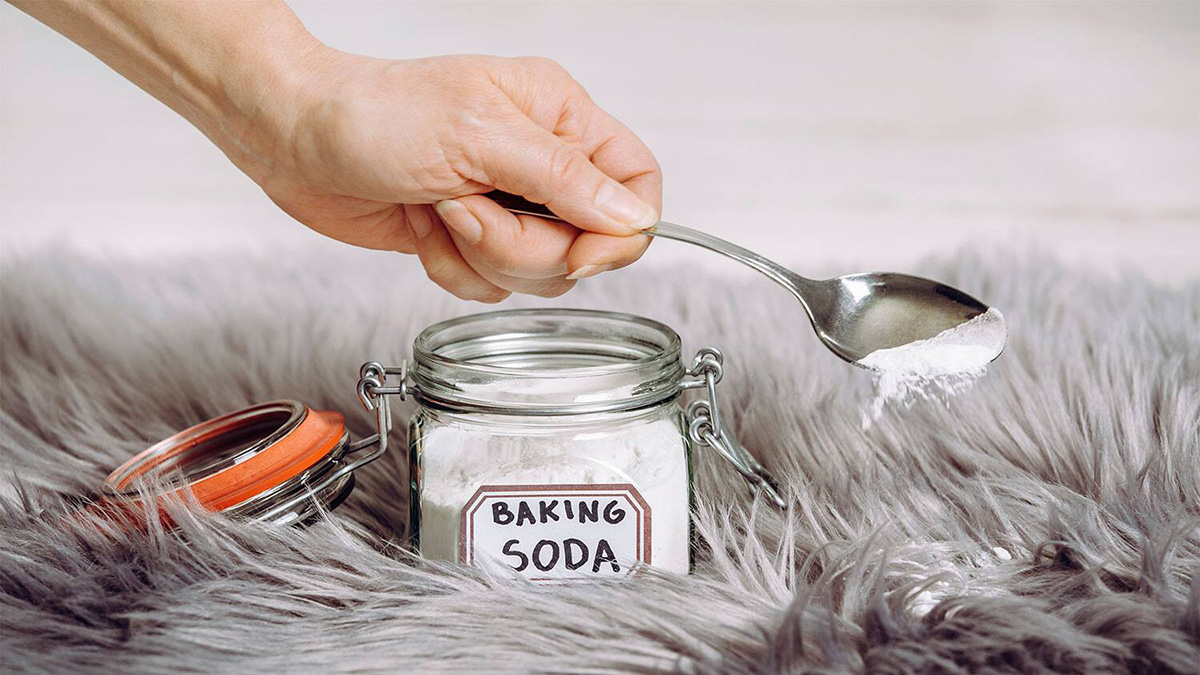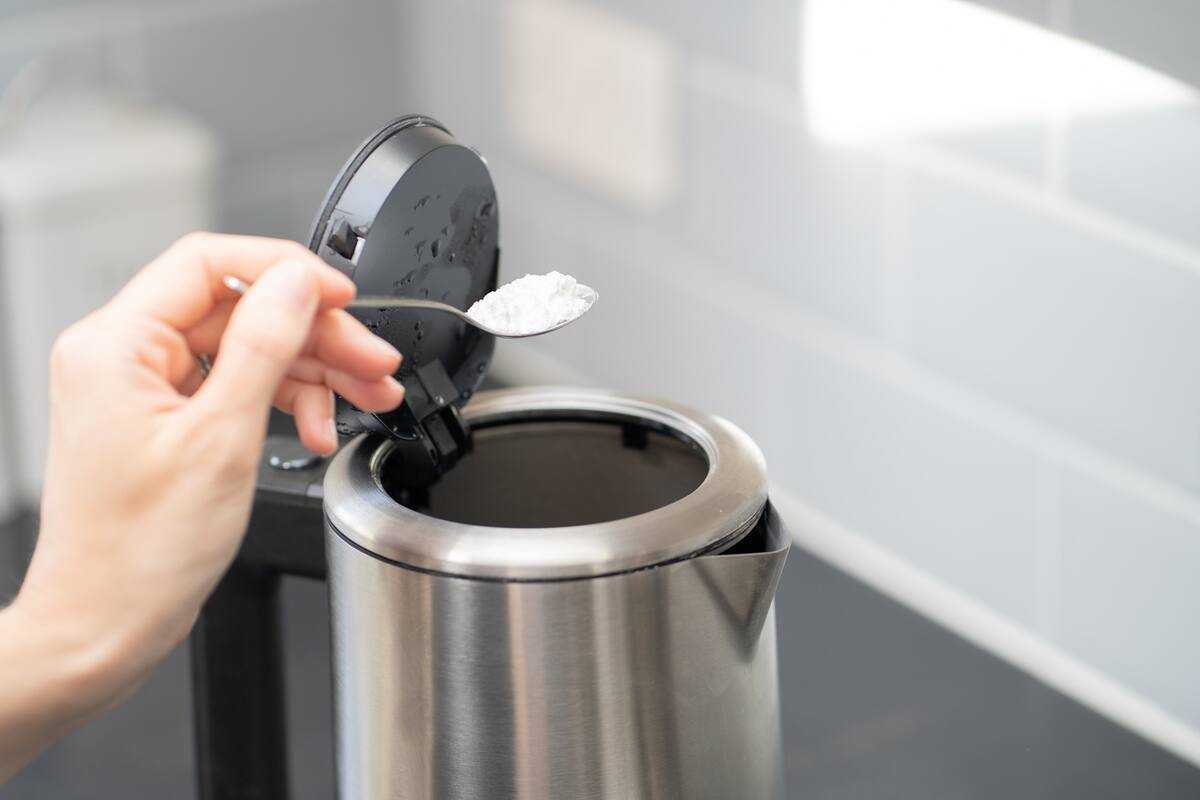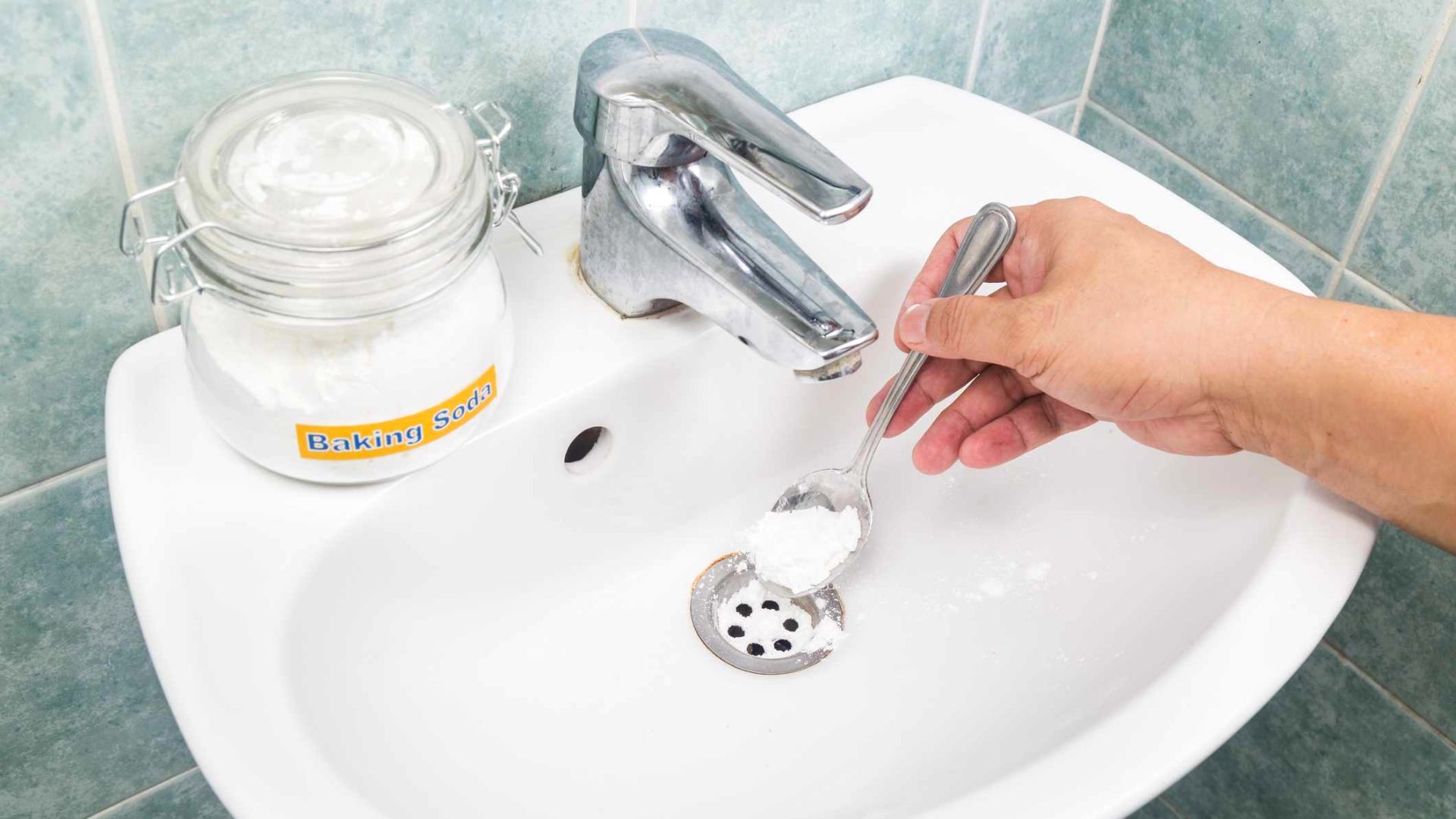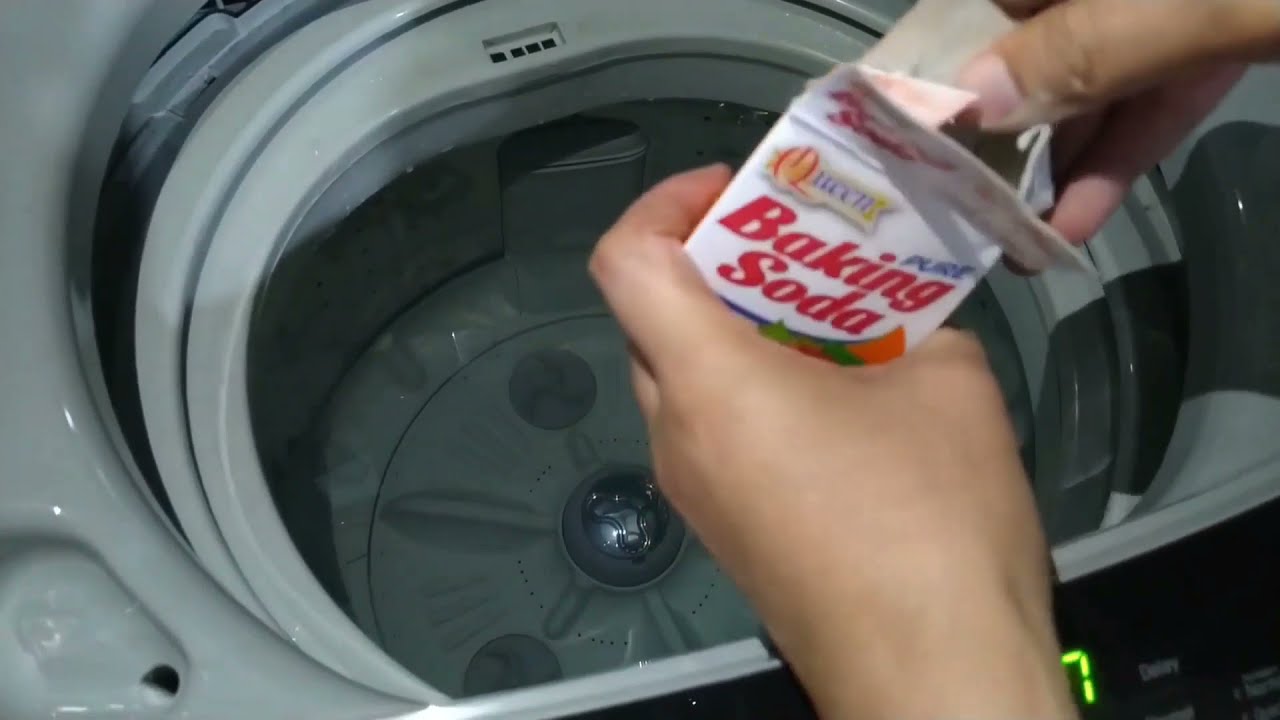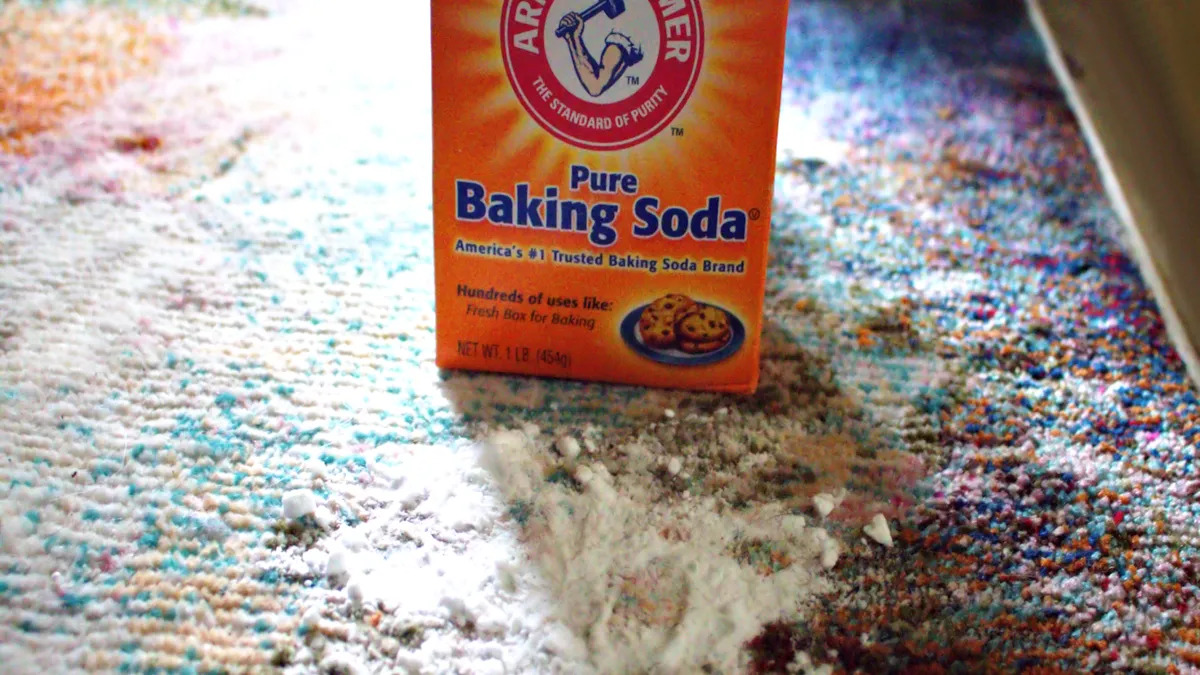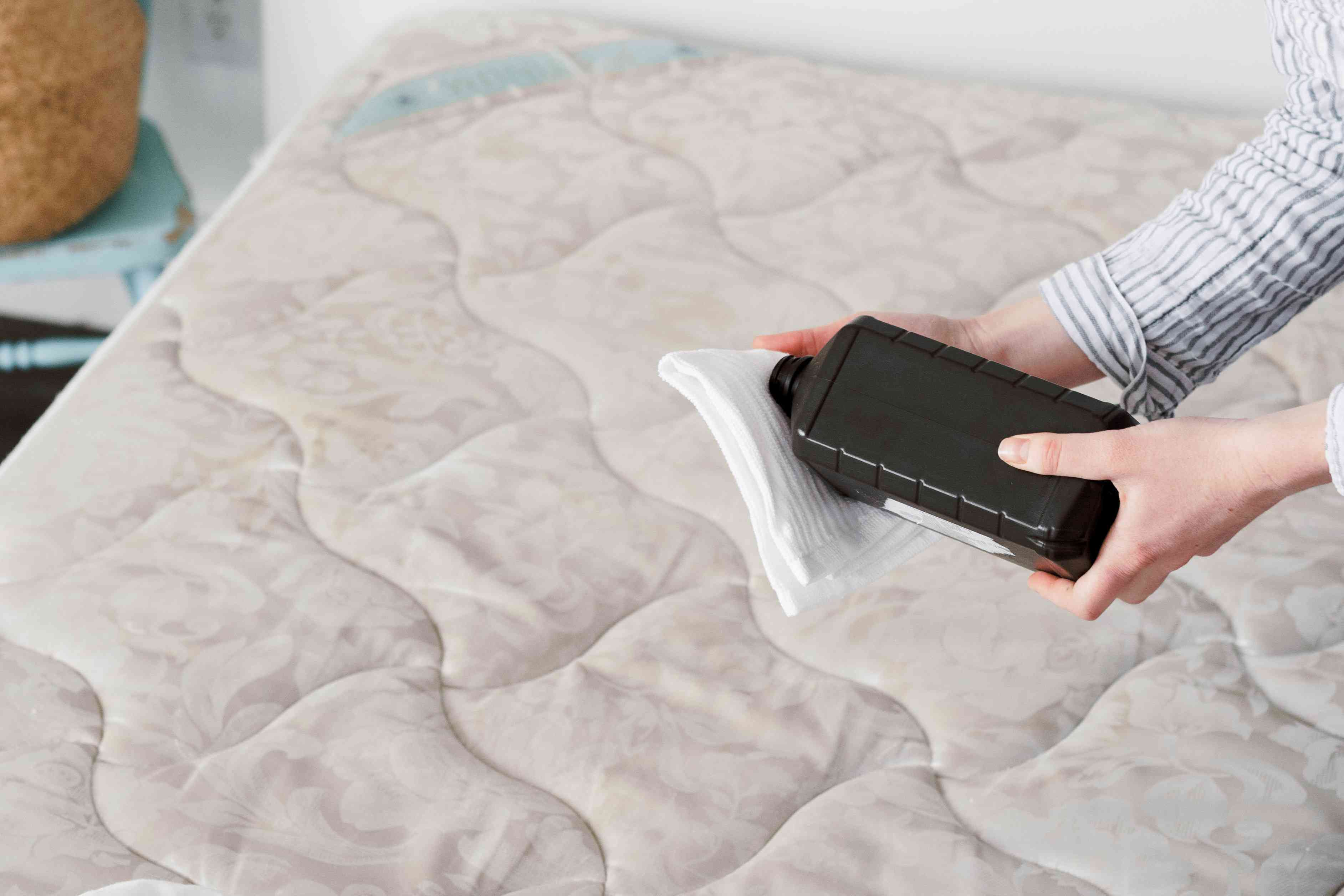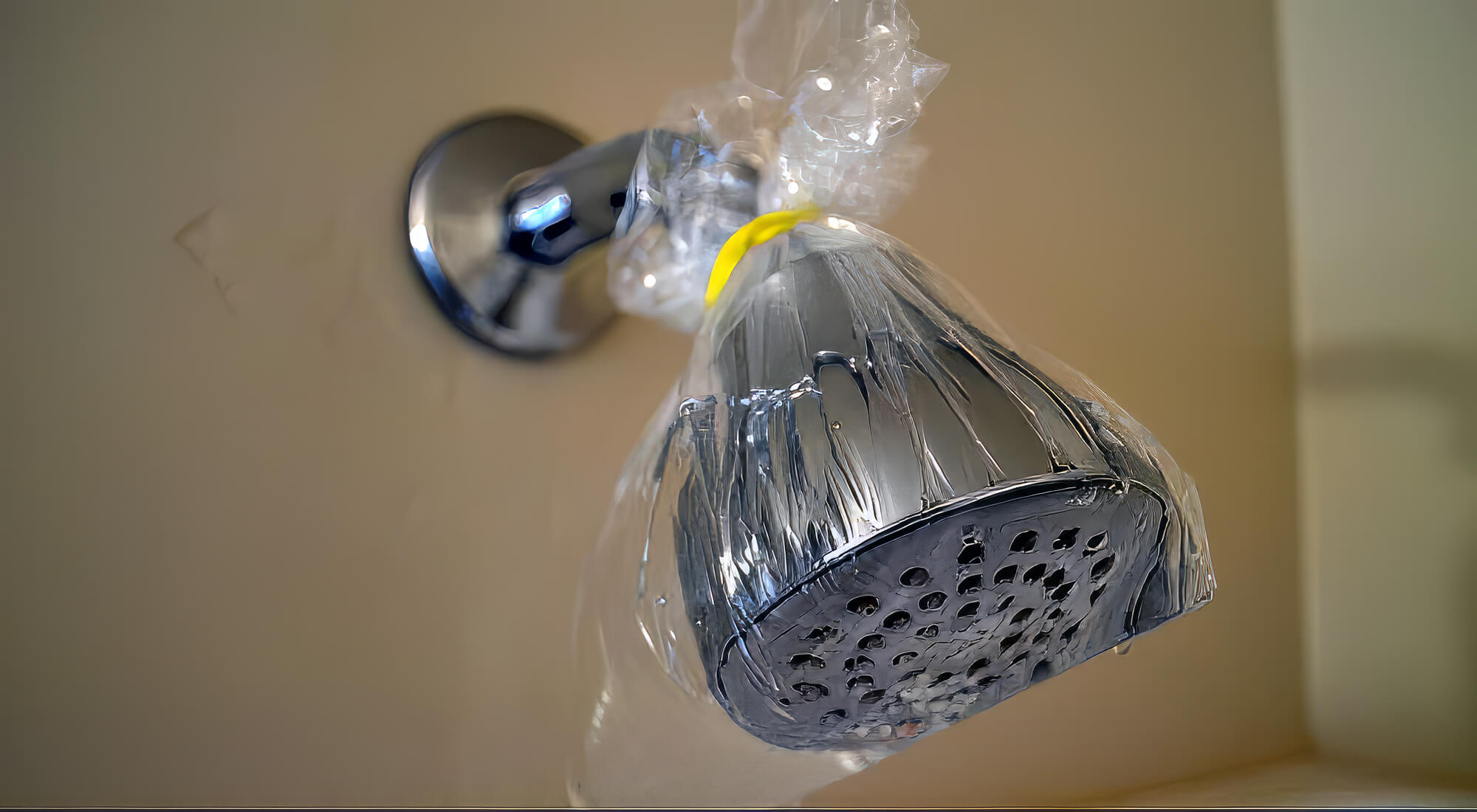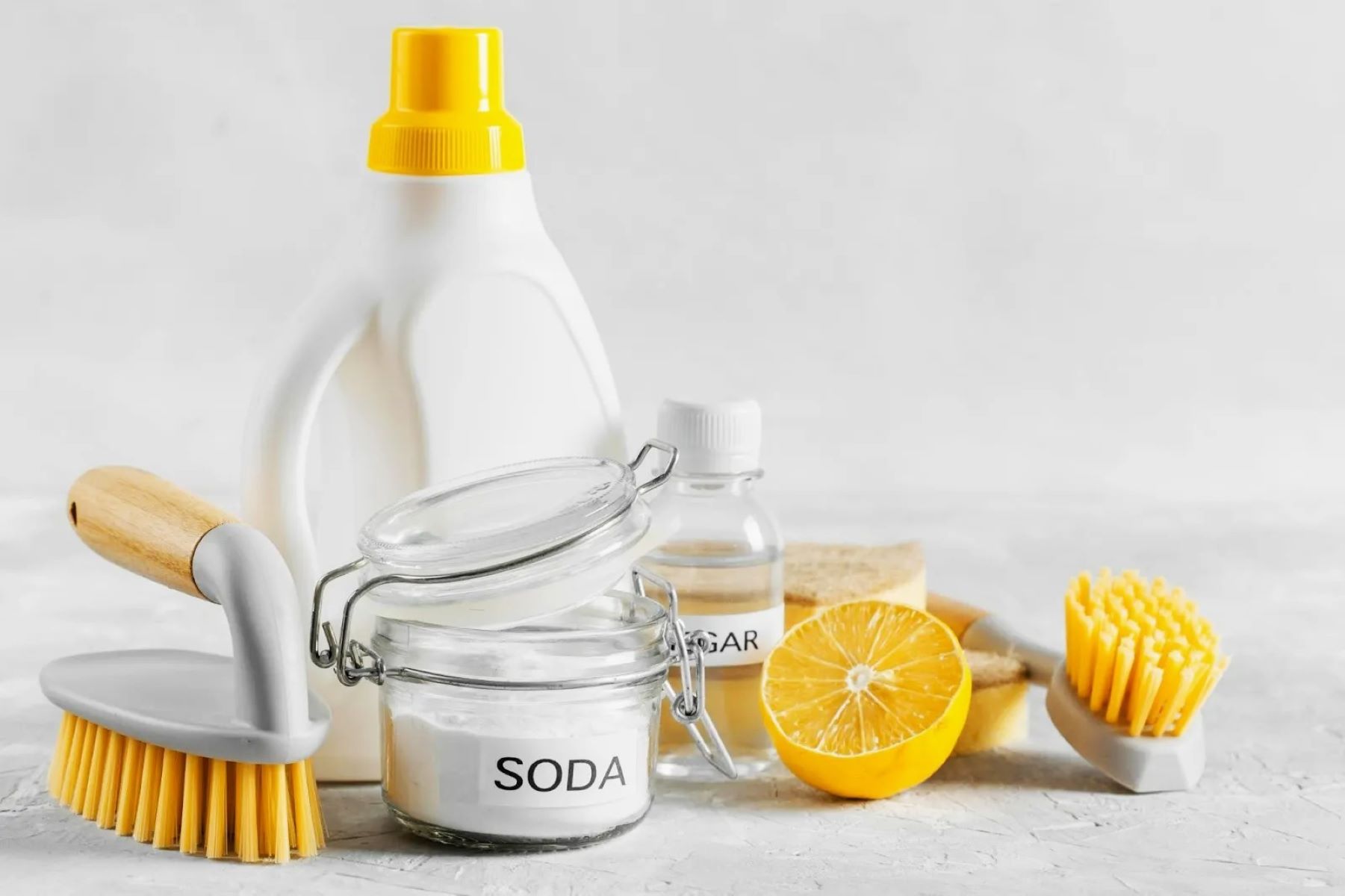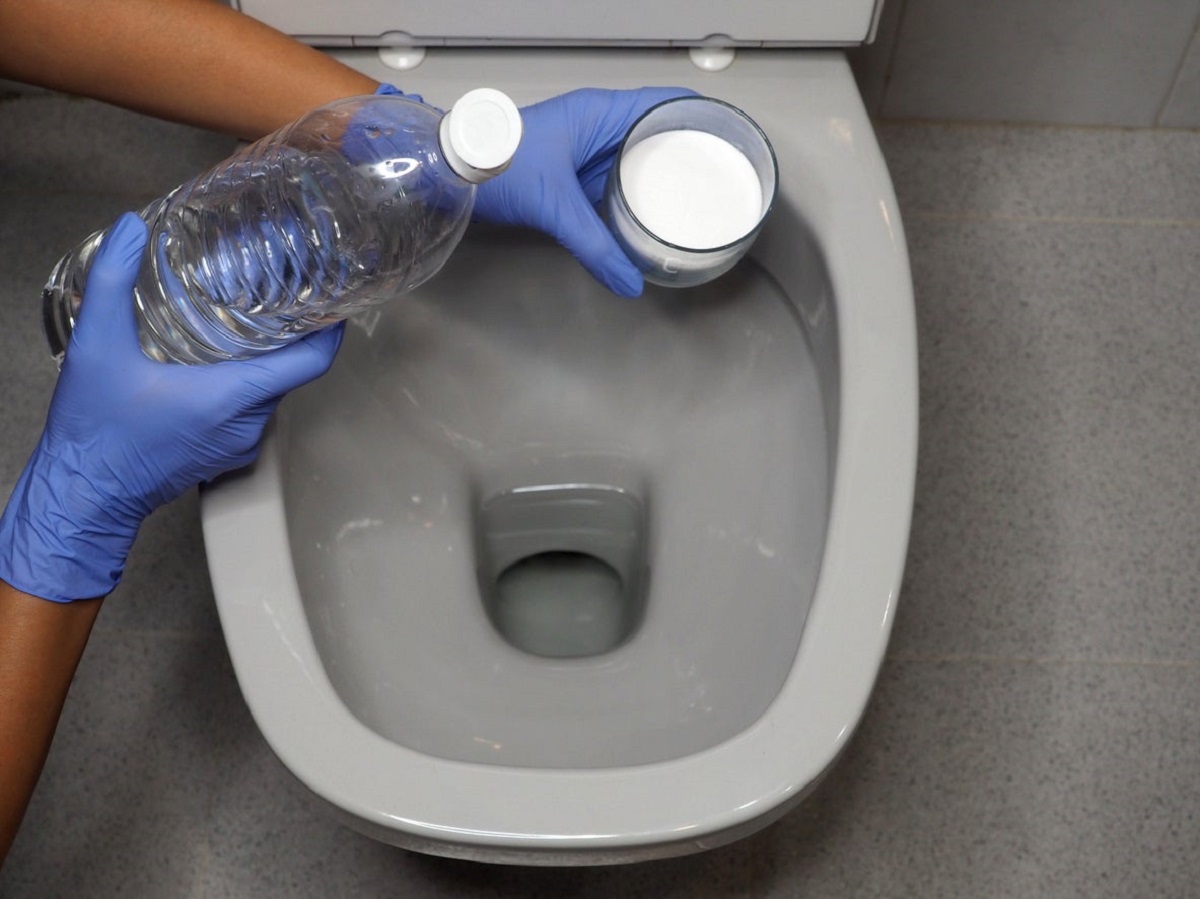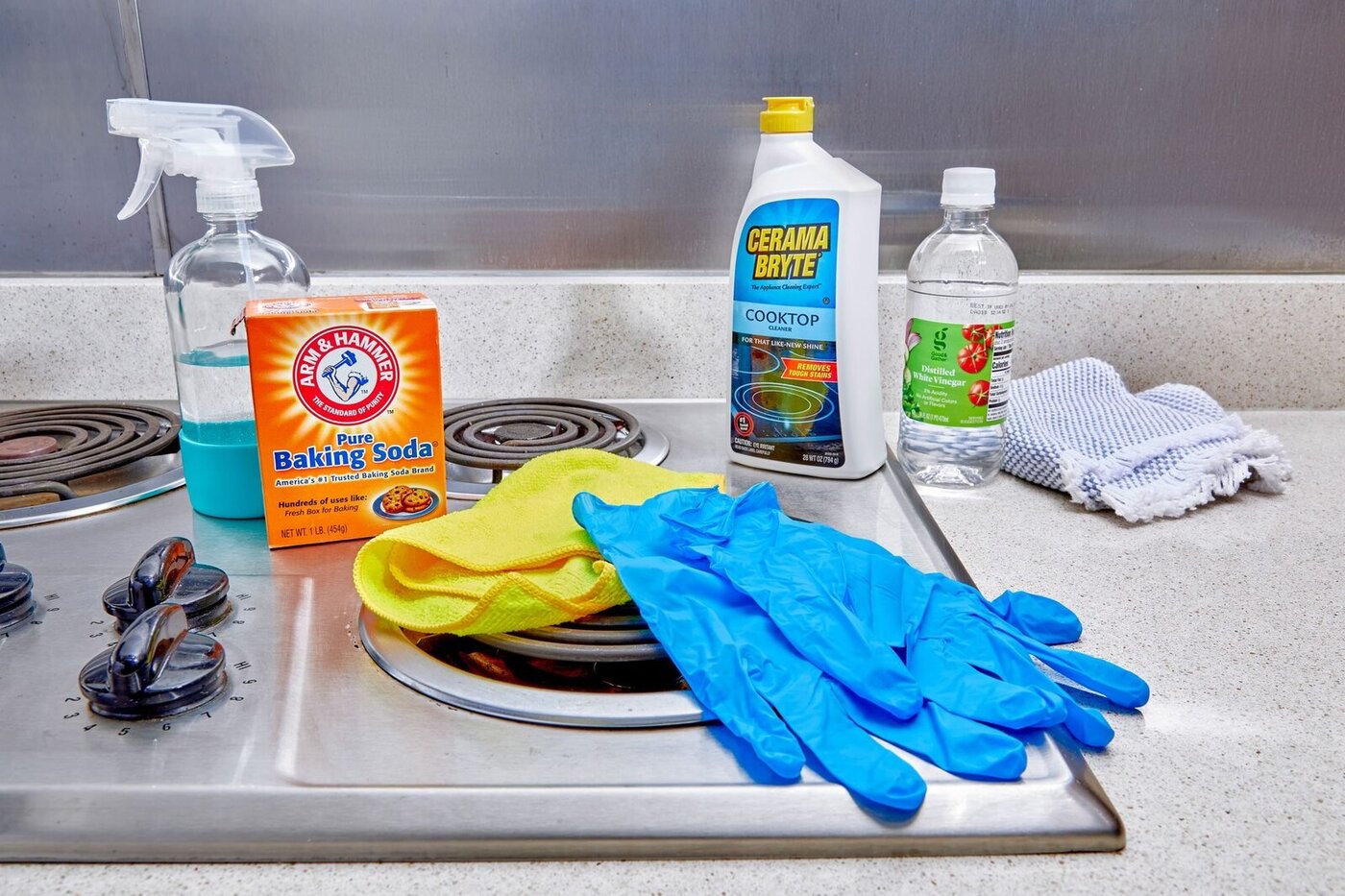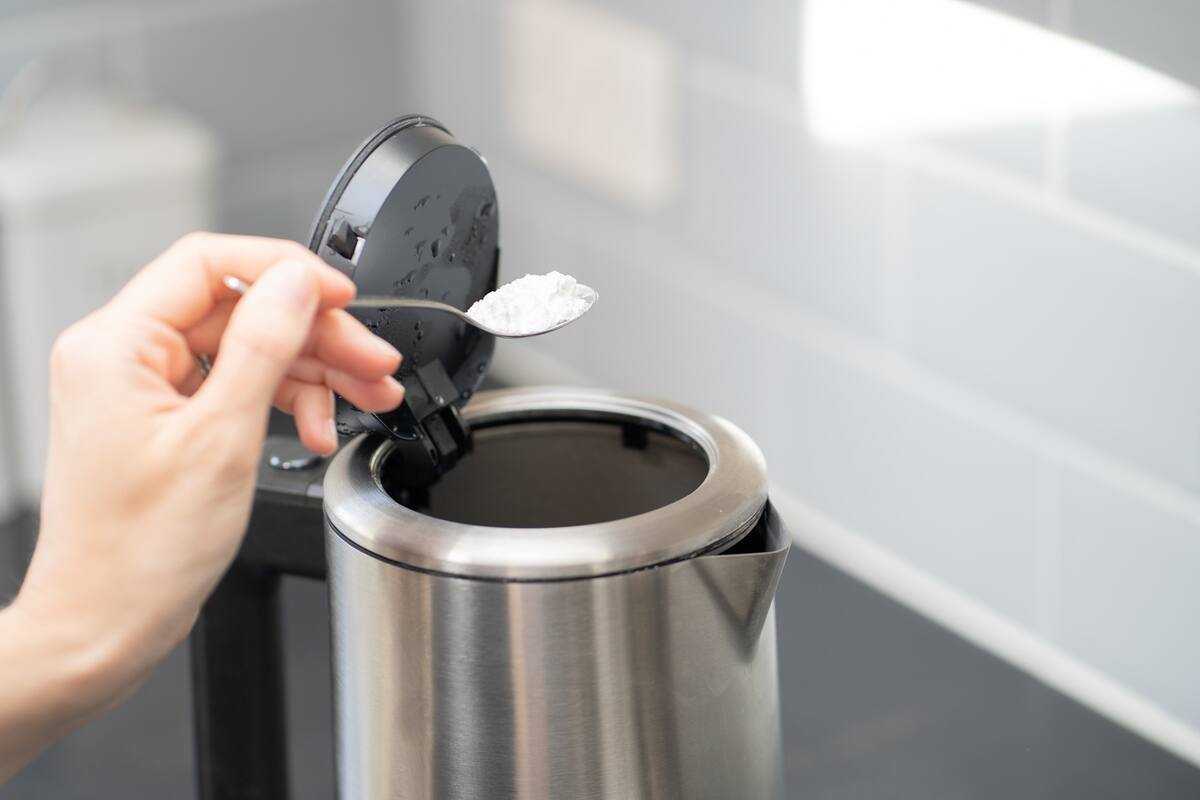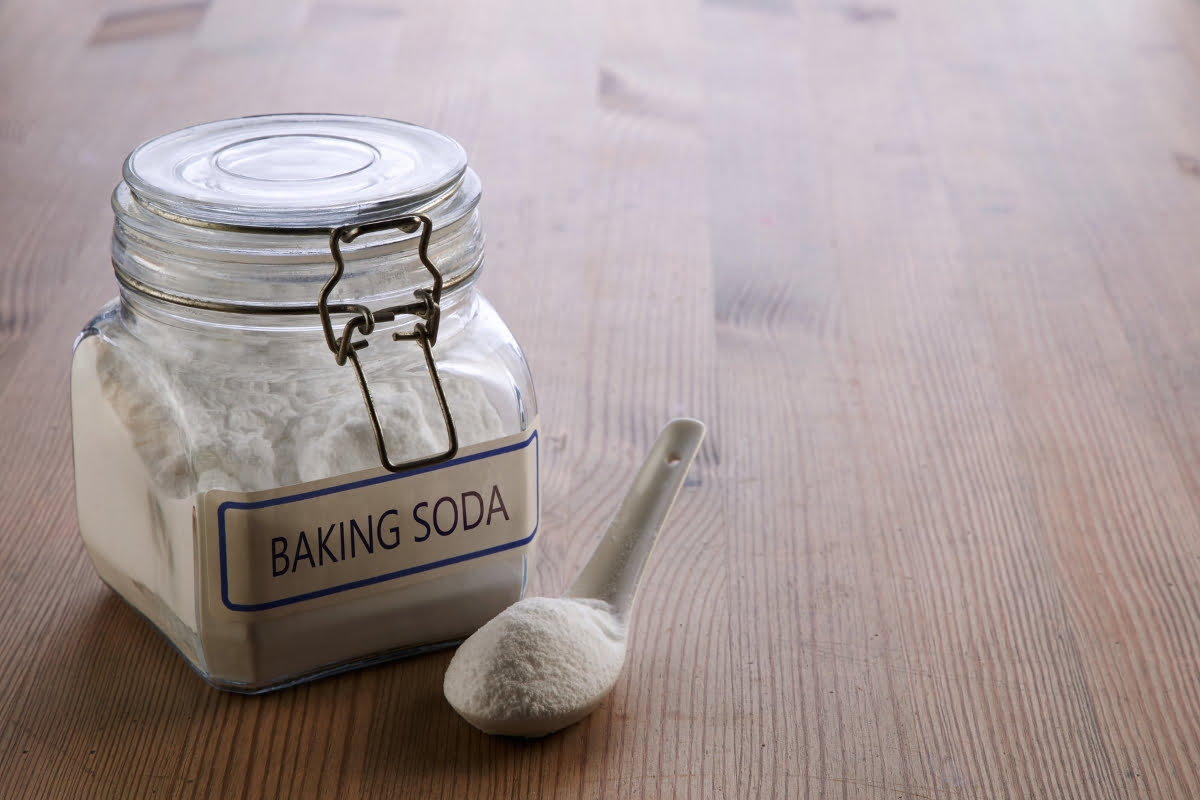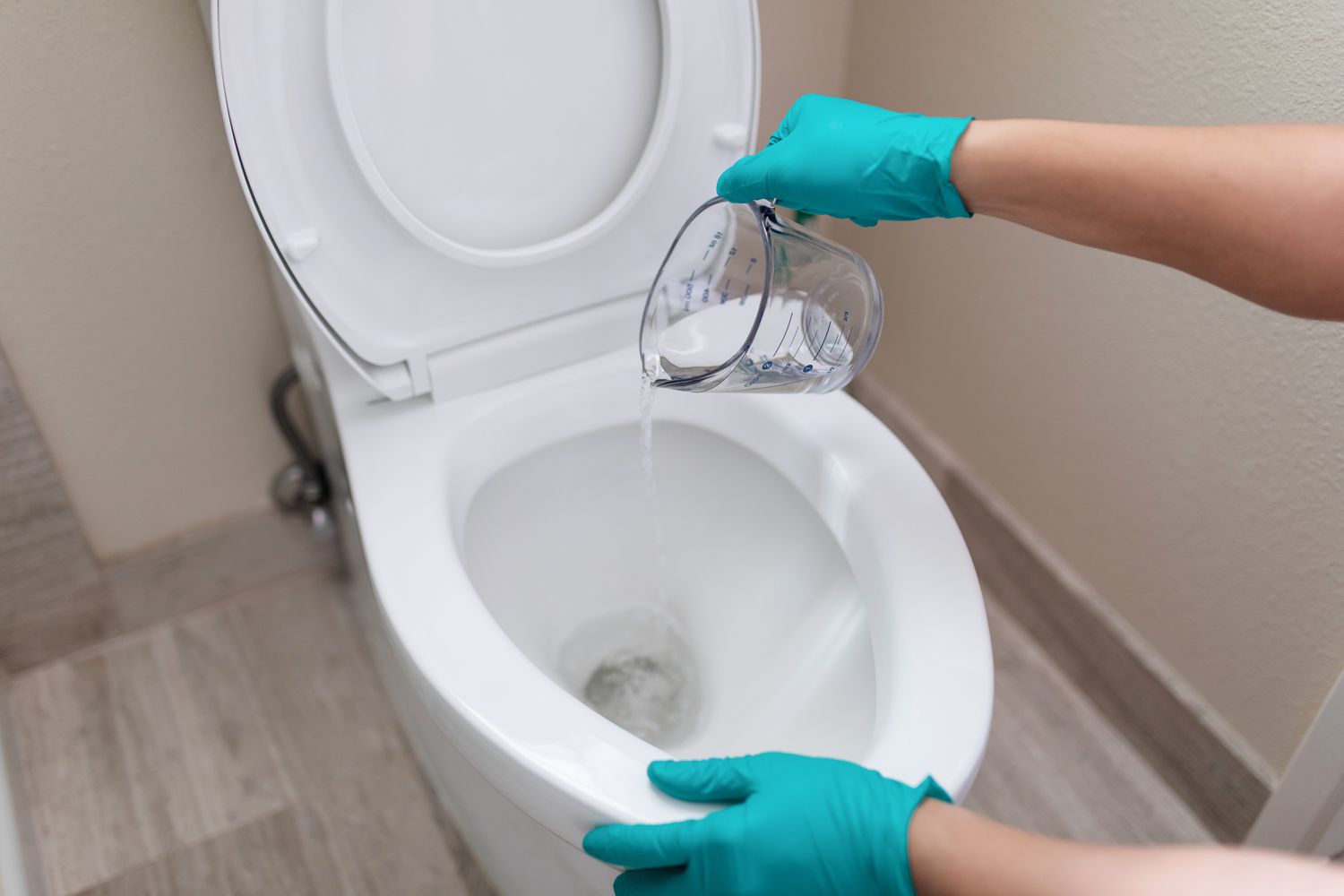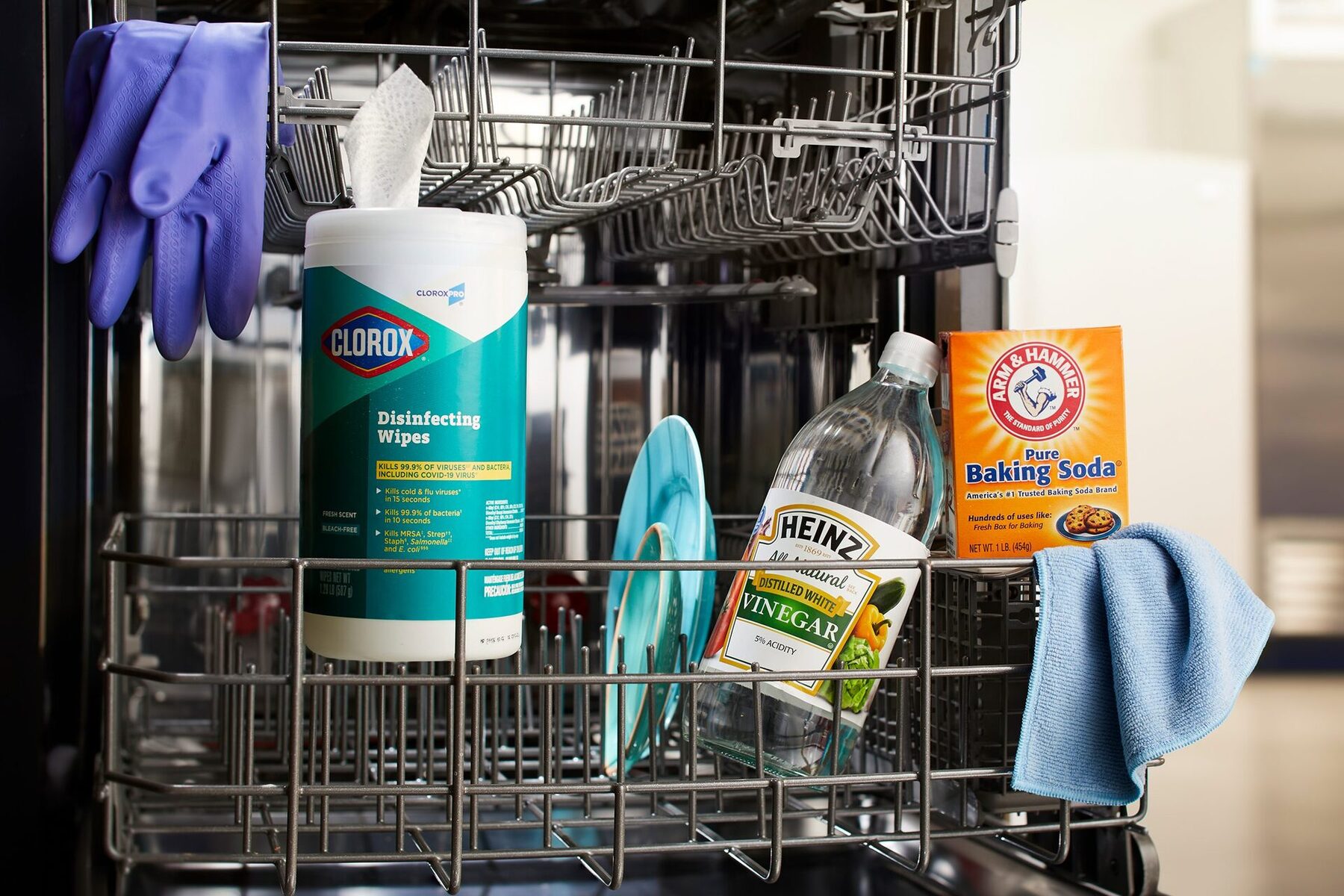Home>Furniture>Bedroom Furniture>How To Clean Stains On A Mattress With Baking Soda
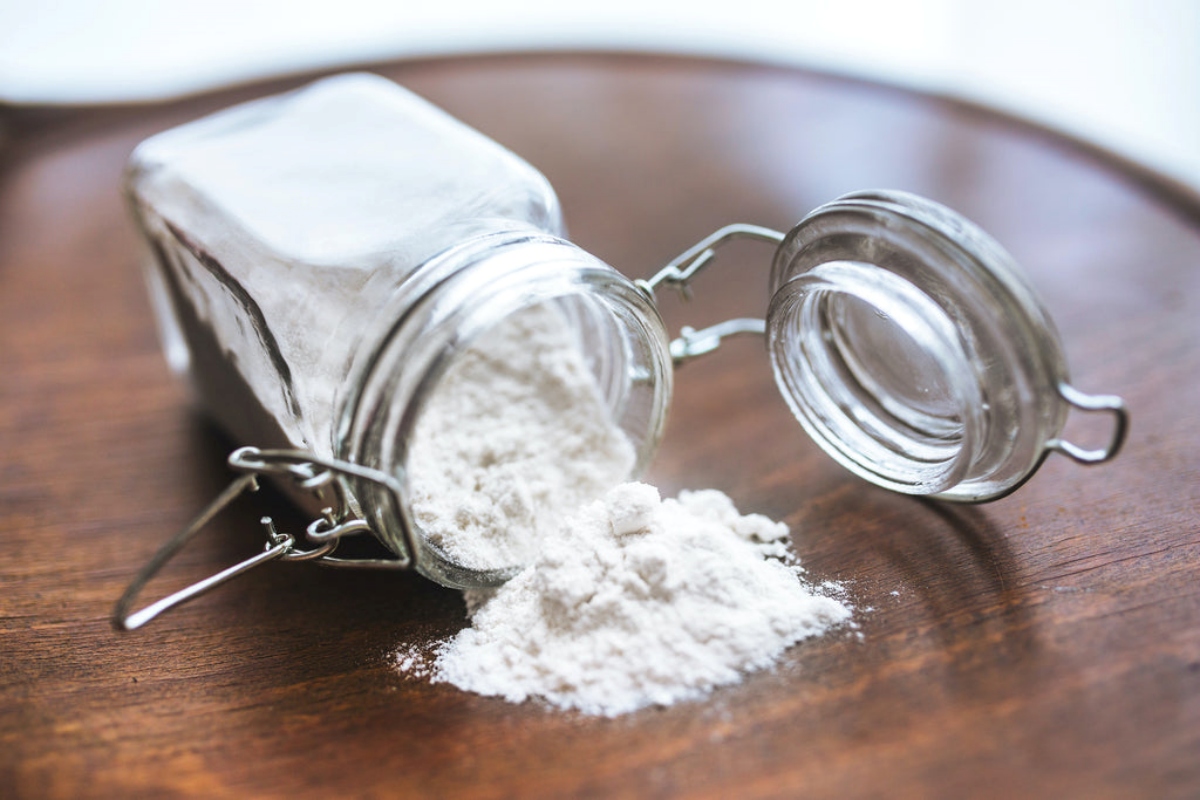

Bedroom Furniture
How To Clean Stains On A Mattress With Baking Soda
Modified: February 25, 2024
Learn how to effectively clean any stains on your mattress with baking soda. Transform your bedroom furniture with these simple cleaning techniques.
(Many of the links in this article redirect to a specific reviewed product. Your purchase of these products through affiliate links helps to generate commission for Storables.com, at no extra cost. Learn more)
Introduction
Your bedroom is your sanctuary, a place where you can unwind and relax after a long day. Your mattress plays an essential role in ensuring a good night’s sleep. However, over time, your mattress can accumulate stains, whether it’s from spills, sweat, or accidents. These stains not only affect the cleanliness of your mattress but also contribute to the growth of allergens and bacteria.
Fortunately, there are simple and effective ways to clean stains on a mattress, and one such method is using baking soda. Baking soda, also known as sodium bicarbonate, is a versatile and natural cleaning agent widely recognized for its ability to absorb odors and remove stains. In this article, we will guide you through the process of cleaning stains on a mattress using baking soda.
Before diving into the cleaning process, it’s essential to understand the reasons behind mattress stains. Knowing the root cause will help you take preventive measures and maintain a clean and fresh mattress for a more extended period.
Key Takeaways:
- Baking soda is a versatile and natural cleaning agent that effectively removes mattress stains, ensuring a cleaner and fresher sleeping environment for a more restful night’s sleep.
- Understanding the root causes of mattress stains and taking preventive measures, such as using a mattress cover, can help maintain a hygienic sleeping surface and prolong the lifespan of your mattress.
Reasons for Stains on a Mattress
There are several common reasons for stains to appear on a mattress. Understanding these causes can help you address them effectively and prevent future stains:
- Food and Beverage Spills: Accidental spills of food and beverages such as coffee, wine, or juice can leave stubborn stains on your mattress if not promptly cleaned.
- Sweat and Body Oils: Our bodies naturally produce sweat and oils, which can seep into the mattress over time. These sweat and body oils can result in unsightly stains and unpleasant odors if not dealt with regularly.
- Bedwetting: For those with young children or elderly family members, bedwetting accidents can happen. Urine stains on a mattress require immediate attention to prevent odors and potential bacterial growth.
- Allergens and Dust Mites: Mattresses can accumulate allergens such as pollen, pet dander, and dust mites. These allergens can leave visible stains or discoloration over time.
- Pet Accidents: If you share your bed with a furry friend, pet accidents can occur, leaving behind stains and odor on the mattress.
- Stains from Bodily Fluids: Other bodily fluids such as blood or vomit can also create stains on your mattress. These stains require immediate action to prevent them from setting in and becoming more difficult to remove.
By being aware of these common causes of mattress stains, you can take proactive steps to maintain a cleaner and healthier sleeping environment.
Precautions before Cleaning
Before you begin the process of cleaning stains on your mattress with baking soda, it’s important to take some precautions to ensure a successful and safe cleaning process:
- Read the Manufacturer’s Instructions: Different mattresses have specific cleaning guidelines recommended by the manufacturer. It’s crucial to read and follow these instructions to avoid any damage to your mattress.
- Check for Any Warranty Restrictions: Some mattresses come with warranties that may be voided if improper cleaning methods are used. Review your mattress warranty to make sure that cleaning with baking soda is allowed.
- Test in an Inconspicuous Area: Before applying baking soda to the entire stained area, test it in a small, inconspicuous area of the mattress to ensure that it doesn’t cause any discoloration or damage.
- Vacuum the Mattress: Before applying baking soda, vacuum the mattress thoroughly to remove any loose dirt, dust, or debris. This will prepare the mattress for optimal absorption of the baking soda.
- Protect Yourself: While cleaning the mattress, it’s advisable to wear gloves to protect your skin from any cleaning solutions or allergens that may be present on the mattress.
- Provide Adequate Ventilation: Ensure that the room is well-ventilated by opening windows or using a fan. This will help dissipate any odors that may be released when using baking soda.
- Allow Sufficient Drying Time: After cleaning, it’s essential to allow the mattress to dry completely before putting back the bedding. This will prevent any moisture from being trapped in the mattress, which could lead to mold or mildew.
By following these precautions, you can ensure a safe and effective cleaning process that will help rejuvenate your mattress and extend its lifespan.
Mix baking soda with a few drops of water to make a paste. Apply the paste to the stained area and let it sit for 30 minutes. Then, vacuum the baking soda off the mattress to remove the stain.
Step-by-Step Guide to Clean Stains with Baking Soda
Now that you’ve taken the necessary precautions, it’s time to dive into the step-by-step guide to clean stains on your mattress using baking soda:
- Gather Your Supplies: Start by gathering all the supplies you’ll need for the cleaning process. This includes baking soda, a vacuum cleaner with an upholstery attachment, a soft brush or cloth, and a spray bottle filled with water.
- Vacuum the Mattress: Begin by thoroughly vacuuming the mattress to remove any loose debris, dust, or allergens. Pay extra attention to the stained areas, ensuring you remove as much surface dirt as possible.
- Sprinkle Baking Soda: Next, generously sprinkle baking soda over the stained areas of the mattress. If the stains are particularly stubborn or cover a large area, you can cover the entire mattress with a thin layer of baking soda.
- Gently Rub the Baking Soda: Using a soft brush or cloth, gently rub the baking soda into the mattress. This will help the baking soda penetrate the stains and absorb any odors. Be sure not to scrub too vigorously to avoid damaging the mattress.
- Let it Sit: Allow the baking soda to sit on the mattress for at least 30 minutes, but preferably a few hours. This will give the baking soda enough time to work its magic, absorbing the stains and odors.
- Vacuum Again: After the baking soda has had time to sit, use the upholstery attachment on your vacuum cleaner to thoroughly vacuum the mattress again. This will remove the baking soda and any dirt or debris it absorbed.
- Inspect and Repeat if Necessary: Once the mattress is dry, inspect the stained areas. If the stains are still visible, you can repeat the process by applying baking soda again and allowing it to sit before vacuuming.
- Air Out the Mattress: After cleaning, it’s beneficial to allow the mattress to air out for a few hours. Open windows or use fans to promote air circulation, helping to remove any lingering odors.
- Protect with a Mattress Cover: To prevent future stains and maintain the cleanliness of your mattress, consider using a mattress cover or protector. These covers act as a barrier against spills, dirt, and allergens, keeping your mattress protected and easier to clean.
Following these step-by-step instructions will help you effectively remove stains from your mattress using baking soda, leaving it fresh, clean, and ready for a peaceful night’s sleep.
Alternative Methods to Clean Mattress Stains
While using baking soda is an effective method to clean stains on a mattress, there are also alternative methods you can try if you prefer different cleaning solutions or want to explore other options:
- White Vinegar: White vinegar is a natural cleaning agent that can help break down stains and eliminate odors. Mix equal parts white vinegar and water in a spray bottle. Spray the solution onto the stained areas of the mattress and let it sit for 10-15 minutes. Blot the area with a clean cloth to absorb the vinegar solution, and then allow it to air dry.
- Hydrogen Peroxide: Hydrogen peroxide is effective in removing tough stains, particularly blood stains, from a mattress. Apply hydrogen peroxide directly to the stain and gently blot it with a clean cloth. Flush the area with water, blot it dry, and let it air dry. Be cautious when using hydrogen peroxide, as it can sometimes lighten the color of the fabric.
- Enzyme Cleaner: Enzyme cleaners are designed to break down organic stains, such as urine or pet stains, by targeting the proteins in the stains. Follow the instructions on the enzyme cleaner and apply it to the stained areas of the mattress. Allow it to sit for the recommended time and then blot the area with a clean cloth. Rinse the area with water, blot it dry, and let it air dry.
- Steam Cleaning: Steam cleaning is a popular method for deep-cleaning mattresses. Use a steam cleaner with an upholstery attachment to apply steam to the stained areas of the mattress. The heat from the steam will help sanitize and remove stains. After steaming, allow the mattress to dry completely before using it.
- Commercial Stain Removers: There are various commercial stain removers available on the market specifically designed to tackle mattress stains. Follow the instructions provided with the product and apply it to the stained areas. Blot the area with a clean cloth and allow it to dry. Be sure to carefully read and follow the manufacturer’s guidelines.
These alternative methods can provide effective ways to clean different types of stains on your mattress. However, it’s always important to test any cleaning solution or method in a small, inconspicuous area before applying it to the entire stained area.
Remember, prompt action is crucial when it comes to cleaning mattress stains. The sooner you address the stains, the more likely you are to achieve successful stain removal and keep your mattress fresh and pristine.
Read more: How To Clean A Mattress Without Baking Soda
Conclusion
A clean and stain-free mattress not only contributes to a healthier sleeping environment but also helps prolong the lifespan of your mattress. Whether you’re dealing with food spills, sweat stains, or accidents, knowing how to effectively clean mattress stains is essential.
In this article, we have discussed the benefits of using baking soda as a natural cleaning agent to tackle mattress stains. Baking soda, with its ability to absorb odors and remove stains, is a versatile and accessible option for keeping your mattress fresh and clean.
We also explored the reasons behind mattress stains, allowing you to take preventive measures and maintain a cleaner sleeping surface. By addressing the root causes of stains, you can minimize the risk of further staining and ensure a more hygienic mattress environment.
Before diving into the cleaning process, we emphasized the importance of taking precautions such as reading the mattress manufacturer’s instructions, testing cleaning solutions in inconspicuous areas, and providing sufficient ventilation and drying time.
We provided you with a step-by-step guide to clean stains on a mattress with baking soda, from vacuuming the mattress to sprinkling and rubbing baking soda, to letting it sit and vacuuming again. Following these steps will help you effectively remove stains and odors, rejuvenating your mattress.
Lastly, we introduced alternative methods to clean mattress stains, such as using white vinegar, hydrogen peroxide, enzyme cleaners, or steam cleaning. These methods provide additional options depending on the type of stain or personal preference.
Remember, maintaining a clean and stain-free mattress requires regular care and attention. Consider using a mattress cover or protector to prevent future stains and keep your mattress in optimal condition.
By incorporating these cleaning techniques into your regular mattress maintenance routine, you can enjoy a fresh, clean, and comfortable sleeping environment for many nights to come.
So, go ahead and give your mattress the attention it deserves. Say goodbye to those stubborn stains and hello to a restful and rejuvenating night’s sleep!
Frequently Asked Questions about How To Clean Stains On A Mattress With Baking Soda
Was this page helpful?
At Storables.com, we guarantee accurate and reliable information. Our content, validated by Expert Board Contributors, is crafted following stringent Editorial Policies. We're committed to providing you with well-researched, expert-backed insights for all your informational needs.
